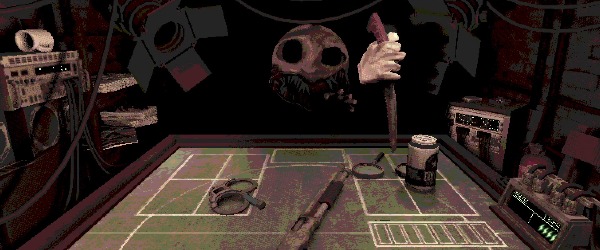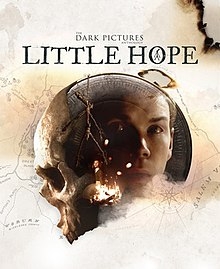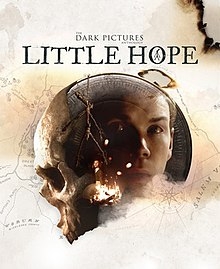
The Dark Pictures Anthology: Little Hope (PS4) - Review
by Issa Maki , posted on 05 November 2020 / 1,955 ViewsIf there's one company that deserves credit for its work in the field of interactive storytelling, it's Supermassive Games. Since the release of Until Dawn in 2015, the studio has been hard at work pushing the boundaries of this underdeveloped genre with mixed results. The smartphone integration of Hidden Agenda hindered the experience more than helped it, the online component of Man of Medan was severely lacking, and The Inpatient's VR-exclusivity was the least of its problems.
Despite these setbacks, the core gameplay Supermassive originally created continues to be refined with each successive title. Progress might not be coming along as quickly as many would prefer, but long-time fans will be mostly pleased with the changes that are present - even if there aren't as many as there could have been.
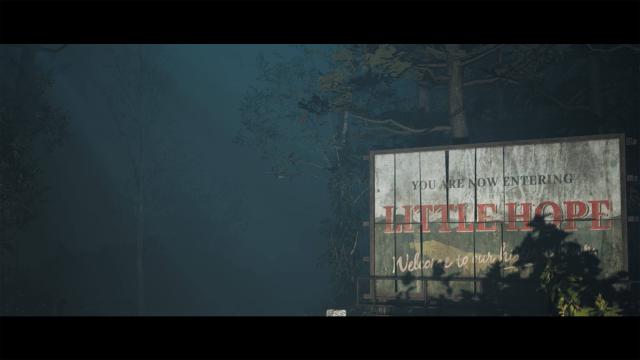
The second installment of The Dark Pictures Anthology, Little Hope opens in traditional horror movie fashion: en route to an undisclosed location, a bus containing a college professor and his students is forced to take a detour through an abandoned town called Little Hope. The bus crashes shortly afterwards, stranding everyone in the wilderness. With a missing driver and few options remaining, the group makes its way toward the derelict hamlet with heavy hearts which only grow heavier as they attempt to unravel the mysteries surrounding them.
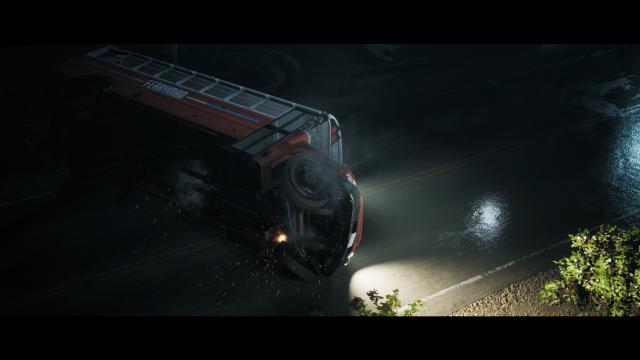
Without spoiling too much, the game's story is predictably its greatest strength. A parallel to Salem, Massachusetts, Little Hope has become a nexus of sorts where various timelines have overlapped. Occasionally, this results in them bleeding into one another, creating brief encounters between people from two different eras. While initially dismissed by the skeptics of the present day, these experiences have immediate ramifications on the fragile community from 1692, which is already in the throes of the witch hunts. This creates even more paranoia and distrust among those under the spell of hysteria. The timelines not only become aware of each other, but of the potential impact they can have upon one another.
The slow-burning style of storytelling is undoubtedly familiar to fans of the genre, but feels more deliberate here. Man of Medan could escalate surprisingly quickly early on if 'properly' played - something Supermassive was aware of. The result this time around is more reminiscent of an episode of The Twilight Zone than what came before, and it's better off for it. This comes at the cost of some interactivity early on, but benefits the story greatly during the later stages of the adventure.
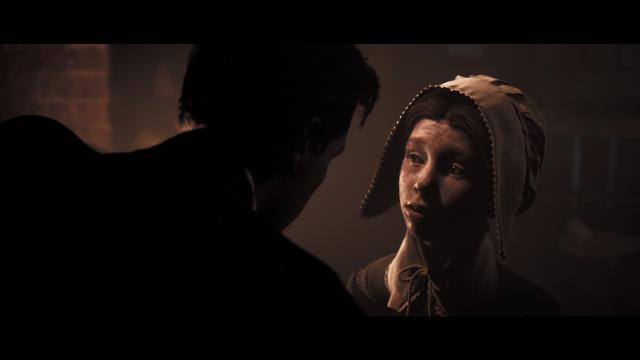
The gameplay in Little Hope is largely unchanged from its predecessors. Fans of Until Dawn will feel right at home, with players walking around collecting clues, participating in QTEs, and conversing with other people, altering relationships, along with increasing or decreasing a character's base attributes. Changes in this department have been slow, but the ones that have arrived are mostly welcomed.
Most significant are those made to the once-static camera system. Originally, these stationary angles were a design choice used to heighten tension by limiting a player's field of vision (while paying homage to classic horror series like Resident Evil and Silent Hill). Now, players have more direct access to positioning the camera in ways that weren't possible before. This isn't to say that static moments don't exist, they're just not as common as they used to be, making them all the more effective when they appear.
Another 'major' change comes from the increased movement speed of the characters. In previous games, holding L1 to walk faster seemed more like a placebo effect than anything, but I'm happy to report that this is no longer the case. It may not be the jog that some have been hoping for, but it's definitely a pace or two faster than the amble found in Until Dawn or Man of Medan. The increased framerate assists in this regard, helping the game feel more cinematic than its predecessors.
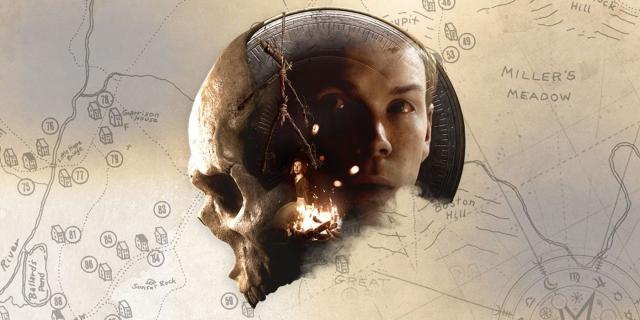
Most controversial will no doubt be the alterations Little Hope makes to the Quick-Time system. Previously, players were basically flying blind, instinctively reacting to whatever showed up on the screen, for better or worse. Now, before every QTE occurs, one of several prompts will trigger, alerting them as to which type of event will happen: a button press, aiming with the right analogue stick to attack, and so on. Not only does this remove any sense of immediacy on the part of the player, it actively works against the twitch reflexes Supermassive has been instilling in its fanbase for over half a decade. The need to cater to a more casual player in a game like this is understandable, but the diehards shouldn't have had to pay the bill, especially considering the prompts could have been optional. They also get in the way of the better ideas the series has developed. Playing as more than one character during a scenario is a good move, but constantly switching back and forth between them multiple times feels even more jarring when you're waiting for the next prompt of a prompt.
Smaller changes show promise, but will likely leave players wanting more. The heartbeat sections that replaced Until Dawn's 'Don't Move!' segments have received an additional wrinkle, alternating between Triangle and X, instead of relying on one button. It's something, but Supermassive could have added a third button and it still wouldn't have been enough.
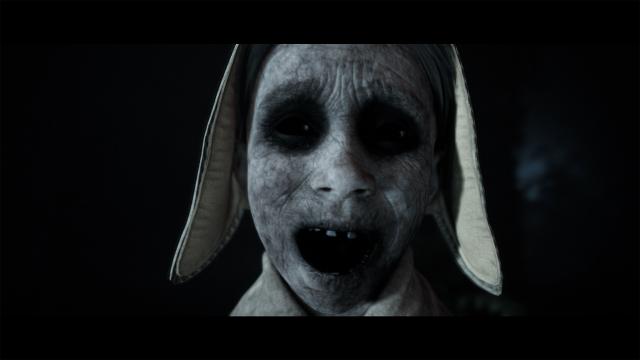
More intriguing are the revisions to the character traits, and the implications they carry. As in the case of previous games, acting in certain ways will raise some stats while lowering others, opening and closing various avenues of dialogue, which in turn can alter the playthrough entirely. Little Hope raises these stakes further by potentially locking negative qualities to each individual as a result of these choices. This might not even seem like a change, but in reality it limits the way the group is played, as the characters must cleanse themselves of these traits if they wish to survive the night. It also flies in the face of the advice The Curator gives at the beginning of the game: “to thine own self, be true”. Ultimately, this serves the narrative, but can potentially hurt the gameplay just as much.
The online aspect of Little Hope is still the minimal experience that came before. With no lobby system or any way to search for and join games already in progress, players are strictly limited to playing with friends who already own the game (no vouchers yet, sadly), or must resort to various message boards on the internet to try and set something up. Worse still is that there are story-exclusive scenes that can only be experienced while playing online. Supermassive's devotion to this side of development is strangely inconsistent and comes across as a misallocation of resources more than anything. This is especially frustrating, as a robust online infrastructure would not only gather the playerbase into one location, but would increase the game's replayability dramatically. Playing these kinds of games with others is by far the optimal way to play them, so why not embrace it?
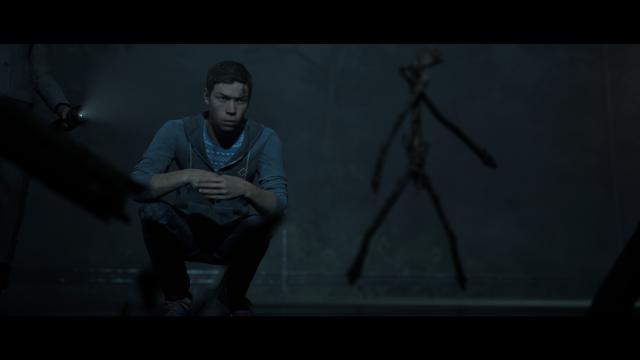
Unfortunately, the cast of Little Hope is among the weakest Supermassive has assembled yet. Any chemistry between the actors is purely coincidental, and there isn't a single one of them that stands out or appears to be enjoying themselves. Some of this can be attributed to the overall story structure, but any way you slice it characters such as Nichole Bloom's Emily from Until Dawn or Shawn Ashmore's wonderfully-portrayed Conrad in Man of Medan are sorely missed. This isn't to say the performances from the actors themselves are bad (Will Poulter makes an excellent Puritan), but characters like Taylor, Daniel, and Angela have already been done by Supermassive in the past, and done better.
My biggest source of contention with Little Hope lies on the shoulders of The Curator and all of the lost potential that he represents. What could have easily become the next Psycho Mantis in terms of 'mind reading'/save data manipulation has ended up as little more than an imitation of the past.
For example: I was completely expecting The Curator to mention the death of Alex (the protagonist of the previous Dark Pictures game), who I had managed to keep alive until the final choice in Man of Medan. Instead, he tells me that we've never met, despite us being acquainted with each other for over a year. Now, I wouldn't put it past a potential trickster such as The Curator to try and manipulate me, but this is poor design. If a game from 1998 can not only recognize but comment on save data from 1996, then the fact that The Dark Pictures Anthology (a planned 8-part series) won't even acknowledge its first game is insulting to all parties involved. More confusing is that, during an online session, The Curator was immediately able to discern that I had beaten the single player mode, but a friend hadn't. The phrase 'lost opportunity' doesn't even begin to describe what the gaming world could have potentially gained here.
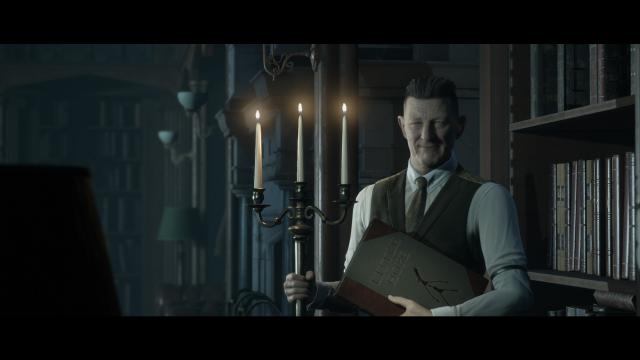
In the end, Little Hope makes progress, it just doesn't make enough to go around. The story is easily the strongest Supermassive has told since Until Dawn, the gameplay has been refined (too much so in places), and the enhanced framerate, along with the camera improvements, are steps in the right direction. Anyone would stand behind these choices, but it's difficult to accept that Supermassive might have stopped short of making a decent game good, and did so willingly. The online component alone is a red flag that would give most other companies a cause for concern that they might be spreading themselves too thin, but Supermassive isn't like most companies. It's already hard at work on House of Ashes, without giving much thought as to what the outside world thinks. In some respects, this is admirable, though it could just as easily go against Supermassive if it's not careful.
And since The Curator already appears to be hedging his bets, claiming that we'll meet “at least one more time” (not that he'd remember), the writing may already be on the wall. What remains to be seen is if Supermassive will not only read it in time, but heed the advice it's given.
VGChartz Verdict
6
Decent
This review is based on a digital copy of The Dark Pictures Anthology: Little Hope for the PS4











